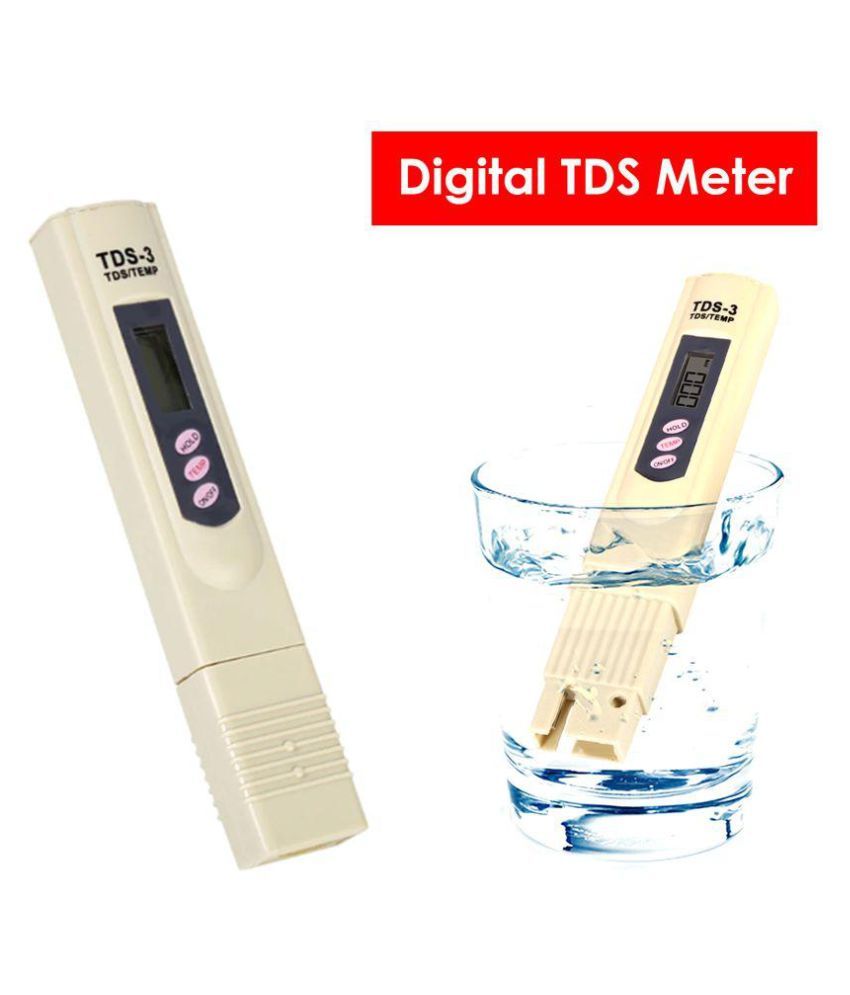

Make up your a double-concentrate – in other words, using the fertilizer from above, add 1/3 teaspoon to one-half gallon of water, giving a 200 ppm N solution – and measure the TDS of that. Measure the TDS of your plain water with no fertilizer added. Now that we know how much to mix, let’s set up the calibration testing. Note: Both MC Certificates and/or SC Solution Certificates must be specified when placing instrument/solution orders.For our 100 ppm N target, we would simply divide 8 by the %N on the label, meaning that we need to dissolve 8/24 = 1/3 teaspoon of fertilizer in a gallon of water (9.2/24 = 0.383 ml for a liter). NIST Certification : Certificates are available that confirm NIST traceability of an instrument (Order #MC) or Standard Solution/pH Buffer (Order #SC). Replacement pH Sensor: Replacement pH Sensor is a unique non-refillable KCl gel-filled combination pH electrode, featuring a porous liquid junction. Model: PK3 for models M6/PH, T2/PH & T6/PH Model: PK7 for EP11/PH. bottles of pH Buffers 4, 7 and 10 and conductivity Standard Solution. Porta-Kit (pDS only): Hard foam-lined case with 2 oz. Range Extender : Increases the conductivity/TDS range by a factor of 10 when inserted into the sample filled cell cup. KEY – ORDER # – VALUES (Specify Quarts, Gallons or 2 oz. Note: pH 7 Buffer is especially important and should be used every 1- 2 weeks. Periodic recalibration with the appropriate Standard Solutions and pH Buffers will help maintain the accuracy of your instrument. Government’s National Institute of Standards and Technology. These solutions and buffers are traceable to the U.S. NIST Standard Solutions & pH Buffers : All Myron L instruments are factory calibrated with Standard Solutions of known conductivity/TDS values and (when appropriate) with pH buffer values 4, 7 and 10. Applications DS/pDS Meters™ Applications:Īccessories DS & pDS Meters™ Accessories, Replacement items and Solutions: * These models feature the Internal Standard for easy field conductivity calibration and range doubling. * 1 µM (micromho) = 1 µS (microsiemen) DS Meters™: Model Very stable requires minimal recalibration Specifications DS/pDS Meters™ Specifications: Ranges: Conductivityġ, 3, 4 or 5 depending on model, 2-12 pH (pDS Meters only)Ĭhoice of parts per million (ppm) TDS or micromhos (µM)/microsiemens (µS) conductivityĪutomatic (to 25☌/77✯) for conductivity samples between 10-71☌/50-160☏Ĭonductivity: Never need replatinizing pH: KCl gel-filled, field replaceable PDS Meters™ Measuring pH/Conductivity and TDS: Part Number 
RO METER™ DS TDS Meter : 0-1250 ppm (no color band) RO METER™ DS TDS Meter : 0-1250 ppm (with color band)

Meters DS Meters™ for Measuring TDS/Conductivity: Part NumberĭS Conductivity Meter: 0-50, 500, 5000 µM/µSĪGRI-METER™ DS Conductivity Meter : 0-5 millimhosĭS Conductivity Meter: 0-10, 100, 1000, 10,000 µM/µSĭS Conductivity/Resistivity Meter: 0-0.5, 5, 50, 500, 5000 µM/µS 2-30 MΩ Even after years of rough field service, they’ll surpass your expectations of accuracy, reliability and simplicity. They’re lightweight and compact, yet Myron L ® ’s DS and pDS Meters are also tough, with rugged, taut-band meter movements. Our unique, durable, field-tested design has evolved over more than 55 years, making Myron L ® instruments among the most reliable and popular of their kind in the world. The user-replaceable pH electrode features a chemical-resistant, porous liquid junction. Myron L ® instruments provide maximum protection for both the pH and conductivity electrodes inside the cell cup. Reliability Built Inīreakage is one of the major causes of sensor failure in a typical pH or conductivity instrument. Readings from their highly stable circuitry help assure product quality, prevent equipment damage and verify in-line instrumentation in a wide range of applications.
#TDS MEETER PLUS#
pDS Meters™ test conductivity or TDS, plus pH. Our DS Meters™ provide fast, accurate, on-the-spot measurements of total dissolved solids (TDS) or conductivity. Myron L ® Company has two proven ways to measure such impurities. These impurities contribute to scale, corrosion, poor taste, and environmental pollution that endanger animal and plant life. Every industrial, commercial, or natural source contains dissolved solids or salts.







 0 kommentar(er)
0 kommentar(er)
